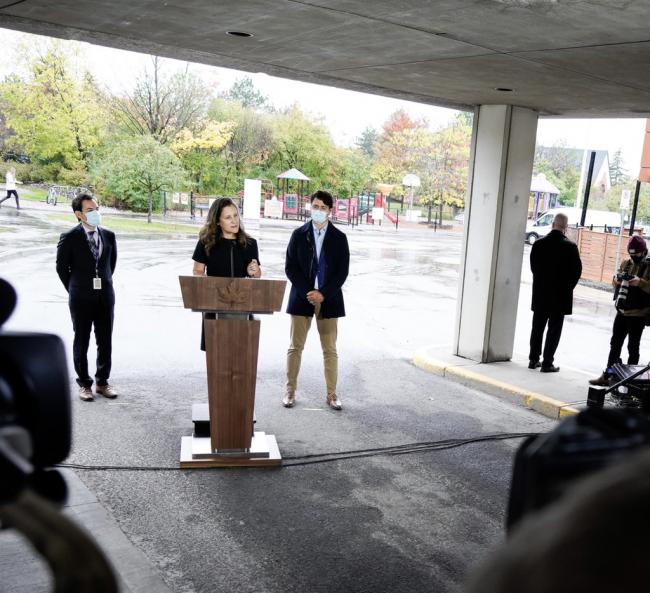Articles Menu

Oct. 22, 2021
On Thursday, the government announced that the Canada Recovery Benefit (CRB) will come to an end on Saturday, impacting more than 780,000 people (by the most recently reported count.) The CRB has provided recipients with at least $600 every two weeks since its introduction last year.
The Liberals have offered basically no explanation or rationale for the decision, so it’s worth asking why this is happening.
It’s not because the program was set to expire tomorrow by default. The Liberals could have extended the CRB until November 20 without the need for new legislation or Parliamentary approval.
It’s not because of intense political pressure to sunset the benefit. An Angus Reid poll published this week found 59 per cent of Canadians want existing benefits to remain in place until at least the end of the year. Meanwhile, 44 per cent said the benefits should be extended well into 2022 (more than said they should be ended now). Even the Conservative opposition wasn’t asking for this (though no doubt they’re pleasantly surprised): they demanded only that the benefit be allowed to expire on November 20 (and the Liberals could have passed an extension with NDP support had they wanted to, anyway).
It’s not because, as some have argued, ending the CRB will push people back into the workplace. We know this because this summer, the United States undertook an almost perfect experiment by cancelling their comparable benefit — pandemic unemployment insurance (UI) benefits — in half of the country. The result? Jobs grew twice as fast in states that kept their UI benefits compared to those that ended them.
Despite this, the U.S. ended these benefits nation-wide in early September, removing eight million people from the UI rolls. The impact on jobs was nil, with just 194,000 new jobs created that month, the worst period of job growth in Joe Biden’s Presidency.
We don’t have to wonder if ending the CRB will get people back into the labour market. We know it won’t because the Americans just tried the same move without success. Given that the CRB is less generous than the American pandemic UI, it’s likely to be even less of a factor in pushing people into the workforce.
Why, then, is the CRB ending? The only explanation left is that the Federal government is adhering to long discredited economic nostrums and the cruel, mindless logic of austerity: the fantasy that the only thing standing in the way of a high octane labour market is a measly payout every two weeks.
Not only is this obvious nonsense, it’s also magical thinking that lets the government dodge the more difficult work of crafting real economic policy, a topic in which they’ve shown precious little interest during their six years in power.
As the American experience has shown, cutting off welfare benefits is going to do nothing other than shove people already living on a knife’s edge into financial ruin (from this perspective, the suddenness of the government’s decision looks particularly vile).
Building a thriving economy will require significantly more thought and serious policy-making. It will require making decisions about where we want to invest, how we’ll train people for the jobs that need doing and what it is exactly that Canada is going to produce in the 21st century — all questions that the government has yet to answer. Much easier, after all, to kick the poor off their measly benefit and call it a day.
Taylor Scollon is a co-founder and publisher of Passage. Follow him on Twitter.
[Top: Photo via Chrystia Freeland on Twitter.]